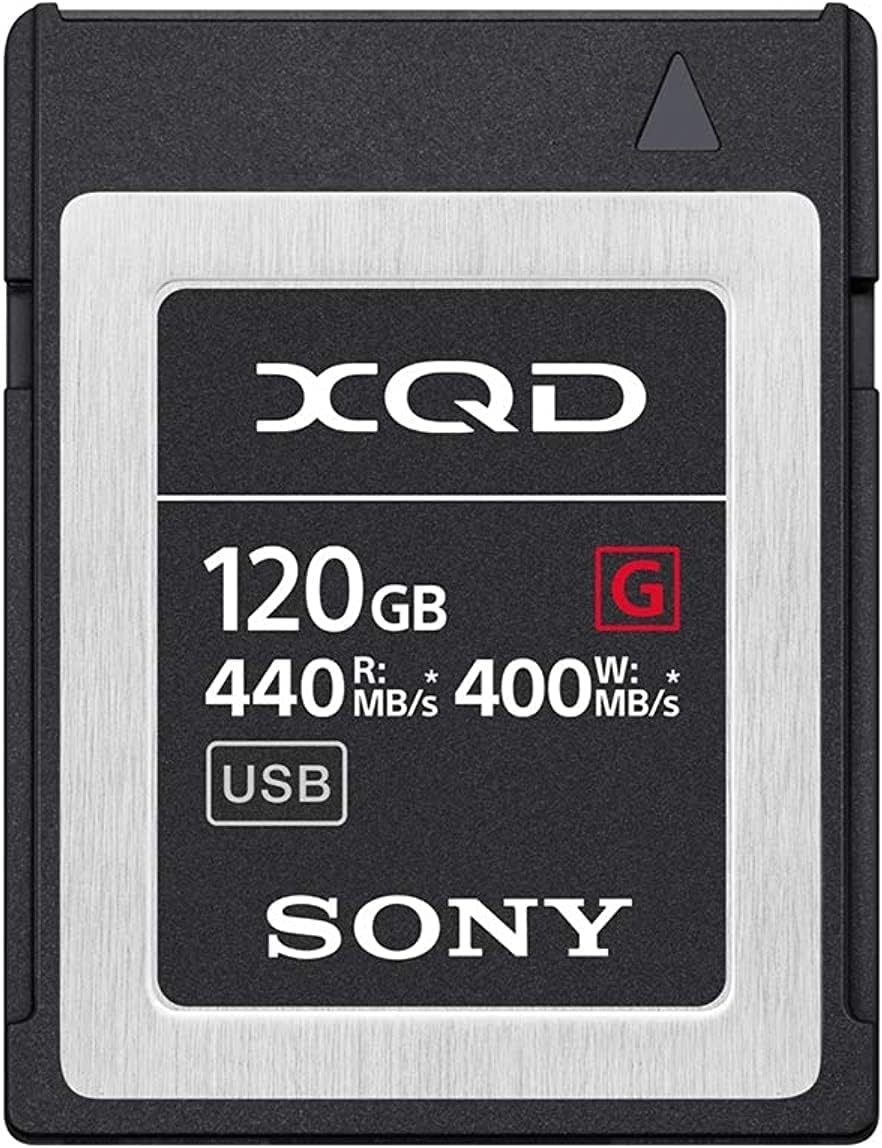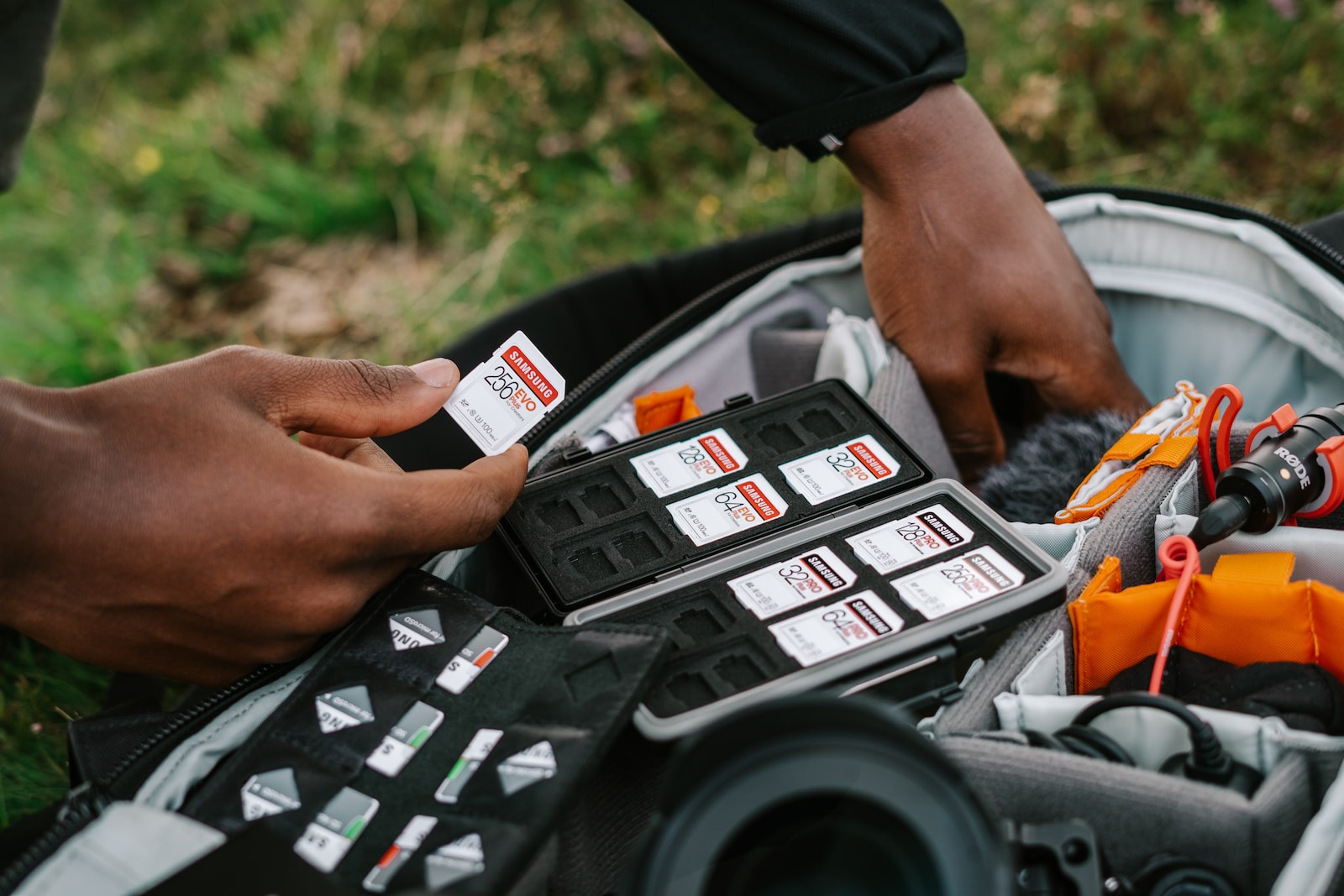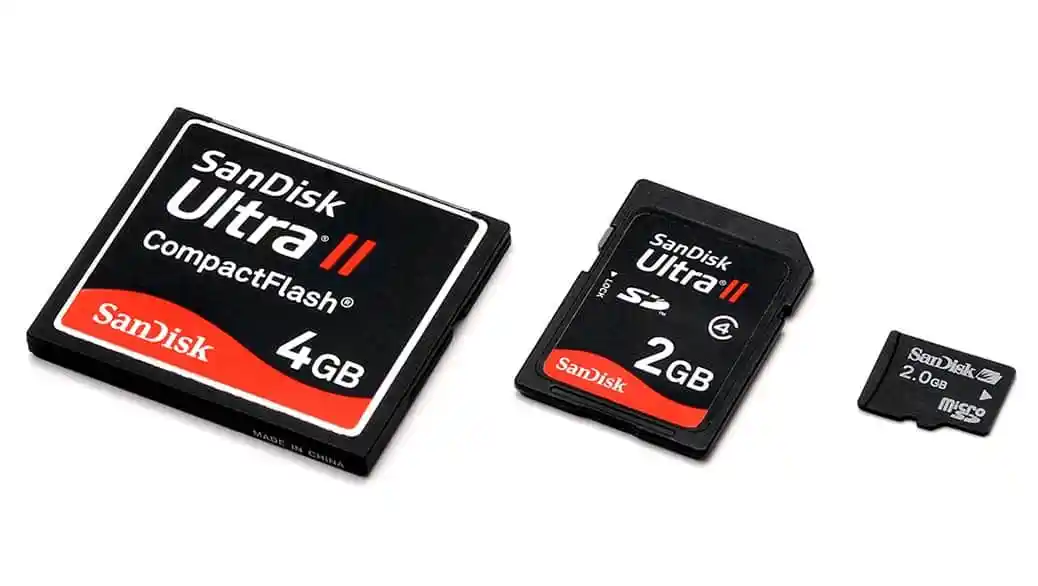The Impact of Memory Cards on Camera Performance: Examining the correlation between memory cards and camera performance to ensure optimal operation. Discover how the choice of memory card can enhance the efficiency and functionality of your camera, resulting in sharper images, faster data transfer, and improved overall performance.
Table of Contents
- The Importance of Memory Cards in Camera Performance
- Ensuring Optimal Performance with Regular Card Maintenance
- The Impact of Memory Cards on Camera Performance: A Case Study
- Frequently Asked Questions
- 1. How do memory cards impact camera performance?
- 2. What is the correlation between memory cards and camera speed?
- 3. Can using a slow memory card affect the camera’s burst mode?
- 4. Does the capacity of a memory card affect camera performance?
- 5. Can a high-quality memory card enhance image and video quality?
- 6. What are some recommended memory card brands for optimal camera performance?
- Wrap Up
The Importance of Memory Cards in Camera Performance
When it comes to capturing breathtaking moments, ensuring that your camera operates at its best is crucial. Many photographers focus on cameras and lenses, but often overlook the impact of their chosen memory card on overall camera performance. The memory card serves as the storage medium in digital cameras, holding all the valuable images and videos you capture. Therefore, it plays a fundamental role in the camera’s ability to write data swiftly and efficiently.
Choosing the Right Memory Card
Not all memory cards are created equal. To maximize your camera’s performance, it is essential to choose a memory card that matches its capabilities. The right memory card can improve operational efficiency, enhance write speeds, and prevent bottlenecks that may slow down your camera’s performance. When selecting a memory card, consider the following key features:
- Capacity: The memory card’s storage capacity determines how many photos or videos it can hold. It is crucial to choose a card with ample capacity to accommodate your photography needs without constant card swapping.
- Speed Class: The speed class rating indicates how quickly the memory card can write data. Higher speed classes translate to faster write speeds, allowing your camera to capture and store images more efficiently.
- UHS Speed Class: Ultra High-Speed (UHS) cards deliver even faster data transfer speeds, making them ideal for cameras that shoot high-resolution images or 4K videos. Ensure your camera is compatible with UHS cards for maximum benefits.
- File System: Different memory cards utilize various file systems, such as FAT32 or exFAT. Ensure your camera supports the file system used by your chosen memory card to avoid compatibility issues.
The Impact of Write Speed on Camera Performance
One crucial factor that memory cards influence is the write speed of your camera. The write speed determines how quickly your camera can save captured images to the memory card. A slow memory card may cause significant delays between shots and impact your ability to capture rapid-action sequences or continuously shoot in burst mode.
Did you know that using a memory card with a faster write speed can reduce the time it takes to clear the camera's buffer, enabling you to capture more shots in quick succession?
The write speed not only affects the speed at which images are stored but also impacts operational efficiency. A fast memory card minimizes waiting times, allowing you to review images, access menus, and navigate through camera settings swiftly. This can be especially crucial when shooting in fast-paced situations where every moment matters.
Memory Card Considerations for Video Recording
While memory card performance is vital for photography, it becomes even more critical when recording high-resolution videos, especially in formats like 4K. Video recording requires a faster data transfer rate to keep up with the camera’s data output. Slow memory cards may struggle to handle the continuous stream of high-quality video, leading to dropped frames, buffering issues, and an overall subpar video recording experience.
For seamless video recording, look for memory cards with higher read and write speeds, and ensure they meet the requirements of your camera. UHS Speed Class cards are specifically designed to handle demanding video recording by providing a sufficient data transfer rate for smooth, uninterrupted footage.
Ensuring Optimal Performance with Regular Card Maintenance
As with any electronic storage device, memory cards require proper maintenance to ensure optimal performance throughout their lifespan. Regular maintenance practices can help extend the life of your memory card and keep it functioning flawlessly.
Formatting your Memory Card
Formatting your memory card regularly is essential. This clears any unnecessary files, optimizes the card’s performance, and maximizes available space. However, it is important to note that formatting erases all data on the card, so be sure to back up any crucial files before proceeding.
Regularly Cleaning your Memory Card
Keeping your memory card clean is crucial for optimal performance. Dust, dirt, and particles can accumulate on the card, potentially interfering with the connection between the memory card and your camera. Gently wiping the contact points and keeping the card in a clean, protective case can help prevent any issues related to dirt or debris.
In conclusion, the memory card you choose has a significant impact on your camera’s performance. By selecting a memory card that matches your camera’s capabilities, paying attention to speed classes, and performing regular maintenance, you can ensure your camera operates at its best, allowing you to capture precious moments without limitations. Choose wisely and unlock the true potential of your camera.
The Impact of Memory Cards on Camera Performance: A Case Study
When it comes to capturing precious moments, photographers rely on their camera’s performance to ensure they don’t miss a beat. However, many may overlook the crucial role memory cards play in the overall efficiency and effectiveness of their camera systems. In this case study, we dive into the correlation between memory cards and camera performance, exploring the challenges faced by a professional photographer and how they overcame them to ensure optimal operation.
Challenges Faced
Tom Anderson, a renowned wedding photographer, encountered significant issues with slow write speeds and limited storage capacity when using a low-quality memory card in his DSLR camera. This situation not only hindered his ability to capture images seamlessly but also disrupted the flow of his photo shoots, compromising the overall quality of his work. It was clear that he needed to find a solution to improve his camera’s performance.
After extensive research and consultation with fellow professionals, Tom decided to invest in a high-performance memory card that offered faster write speeds and increased capacity. The impact of this decision on his camera’s performance was remarkable, leading to greater operational efficiency and a significant improvement in the overall shooting experience.
Overcoming the Challenges
By upgrading to a reliable memory card specifically designed for professional cameras, Tom was able to overcome the challenges he previously faced. The new memory card provided faster write speeds, allowing for quicker image capture and reducing the wait time between shots. Additionally, the increased storage capacity eliminated the need to constantly swap memory cards during a shoot, making the workflow more seamless and uninterrupted.
Furthermore, Tom noticed an improvement in his camera’s buffer clearing time. With the new memory card, the camera was able to process and transfer data more efficiently, minimizing the risk of missed shots during rapid-fire bursts or continuous shooting modes. This enhanced performance significantly contributed to capturing those split-second moments that might have otherwise been lost.
Benefits of High-Quality Memory Cards
The impact of using high-quality memory cards on camera performance extends beyond overcoming challenges. By investing in a reliable memory card, photographers can experience a range of benefits that contribute to better image capture and overall operational efficiency:
- Faster Write Speeds: High-quality memory cards ensure quick data transfer, allowing for faster image capture and reduced wait time between shots.
- Increased Storage Capacity: Ample storage space eliminates the hassle of constantly swapping memory cards during a shoot, resulting in a more streamlined workflow.
- Improved Buffer Clearing Time: With efficient data processing and transfer, photographers can shoot continuously without worrying about missed shots during critical moments.
- Enhanced Reliability: High-quality memory cards are built to withstand rigorous usage and offer more durability, preventing data loss and card malfunctions.
In conclusion, the impact of memory cards on camera performance is undeniable. Investing in high-quality memory cards can significantly enhance operational efficiency, improve image capture, and ultimately elevate the overall shooting experience for photographers. By understanding the correlation between memory cards and camera performance, photographers can optimize their equipment to ensure they never miss a moment.

Frequently Asked Questions
1. How do memory cards impact camera performance?
Memory cards play a crucial role in the overall performance of a camera. They determine how quickly and efficiently data is read and written, affecting the camera’s operational efficiency.
2. What is the correlation between memory cards and camera speed?
The speed of a memory card directly influences how quickly the camera can write and store images. Using a high-speed memory card allows for faster continuous shooting and minimizes the time it takes for images to be transferred from the camera to the memory card.
3. Can using a slow memory card affect the camera’s burst mode?
Yes, using a slow memory card can significantly impact the camera’s burst mode performance. A slow card may limit the number of continuous shots the camera can capture in rapid succession and cause buffering issues.
4. Does the capacity of a memory card affect camera performance?
The capacity of a memory card does not directly affect camera performance. However, it does determine the number of photos and videos that can be stored on the card. It is essential to choose a card with adequate storage capacity to avoid running out of space during shoots.
5. Can a high-quality memory card enhance image and video quality?
The quality of a memory card does not impact the image or video quality directly. However, using a reliable and high-quality memory card ensures that data is properly written and stored, minimizing the chances of data loss or corruption, which could affect the overall image and video quality.
6. What are some recommended memory card brands for optimal camera performance?
Several reputable memory card brands offer excellent performance for cameras. Some popular options include SanDisk, Lexar, Samsung, and Kingston. It is recommended to choose cards from these trusted brands for reliable camera performance.
Wrap Up
Memory cards play a crucial role in enhancing the camera’s performance and ensuring operational efficiency. By choosing the right memory card, you can significantly improve your camera’s speed, write and read capabilities, and overall functionality. With advancements in technology, memory cards are becoming increasingly important for handling large image files and recording high-quality videos.
Remember to consider factors such as card capacity, speed class, and compatibility when selecting a memory card for your camera. Taking these factors into account can help you avoid issues like slow write speeds and reduced performance.
Ultimately, the memory card you choose can have a profound impact on your camera’s performance, enabling you to capture moments with ease and precision. So, invest in a high-quality memory card, and unlock the full potential of your camera!
We hope you found this article informative and helpful. If you have any questions or insights to share, we encourage you to leave a comment below. Let’s engage in a discussion on how memory cards have influenced your camera’s performance!



